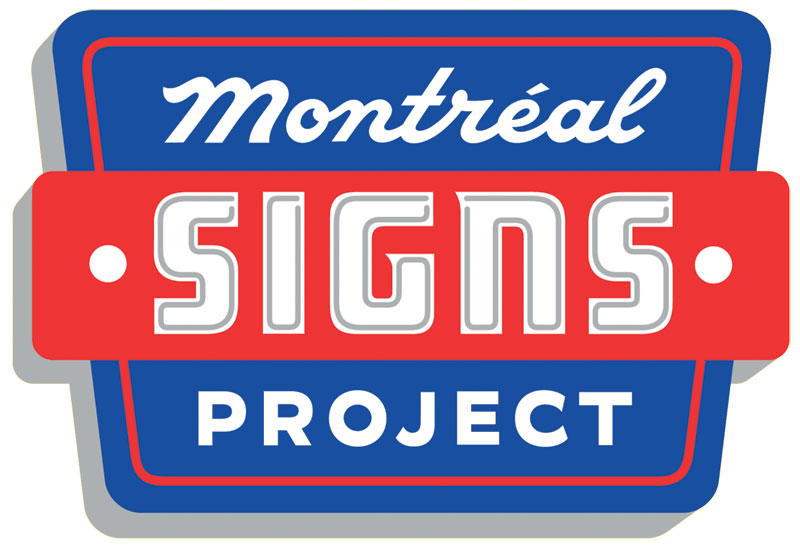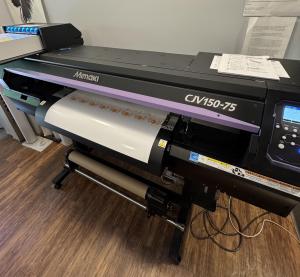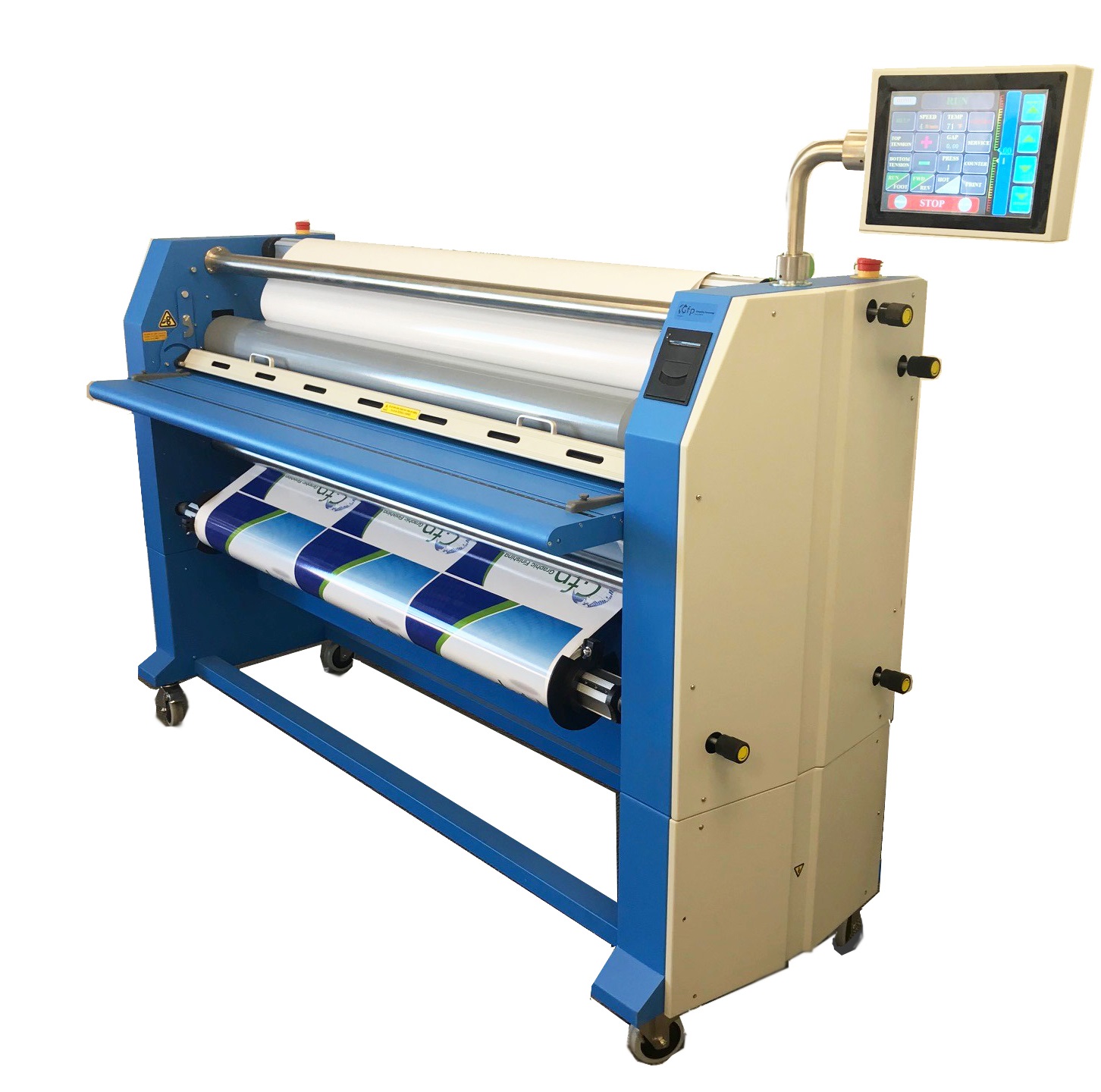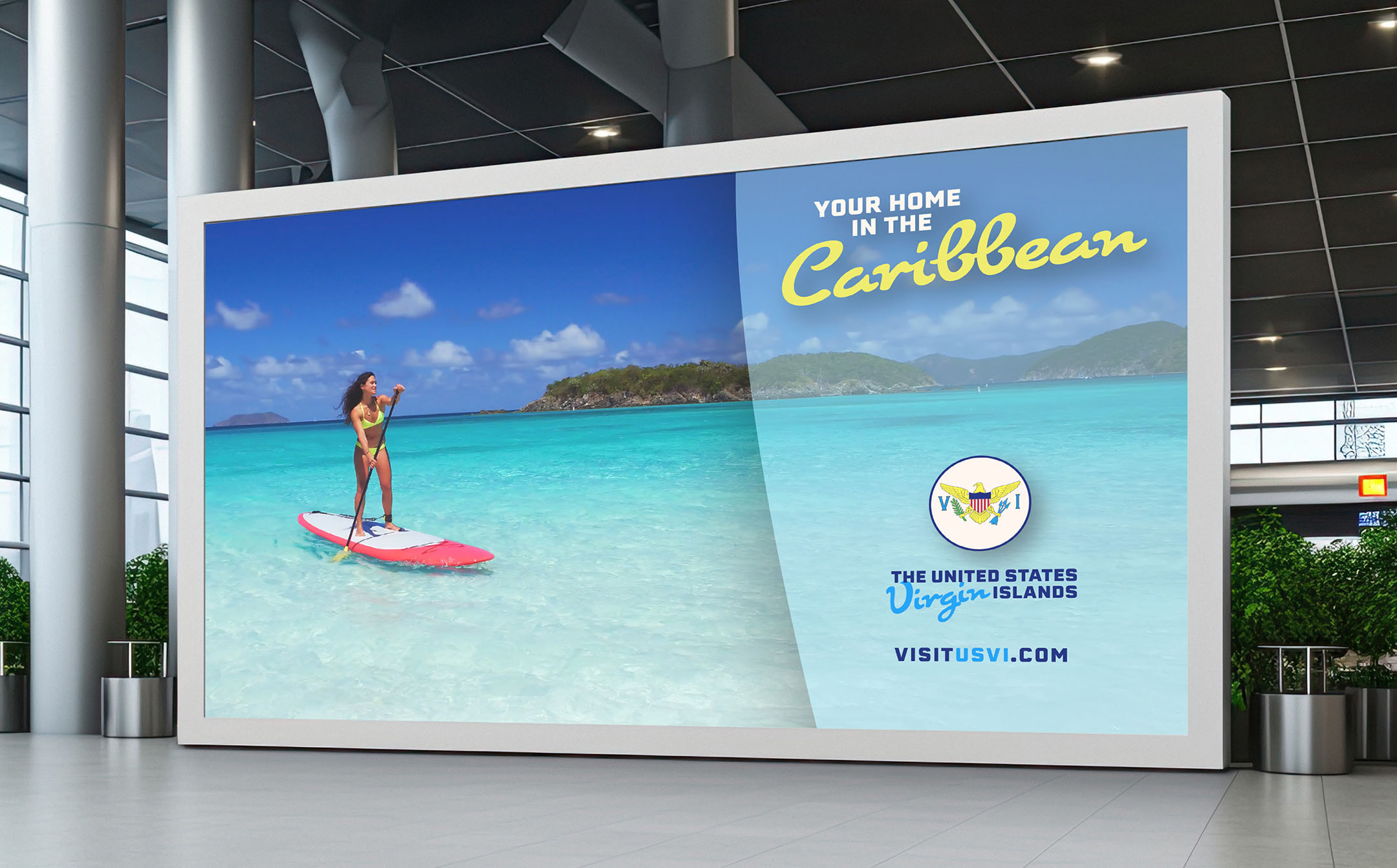Preservation: Honouring Montreal’s collective history
The Montréal Signs Project/le projet d’enseignes de Montréal, began in 2010, quite by accident. As a professor of communication studies at Concordia University with a deep interest in city spaces, design, and media, I—along with some students—had been taking a long hard look at the ways commercial signs and advertising messages are a dominant (if not excessive) presence in urban centres. In 2007, this work culminated in “Logo Cities: An international symposium on signage, branding, and lettering in public space,” which involved a series of sequential panels of experts—signmakers, architects, urban planners, historians, journalists—and the Montréal premiere of Helvetica, a memorable documentary about the ubiquitous font.
Logo Cities also involved a gallery display of art relating to the symposium theme. This was supplemented with a few recently retired signs that we had tracked down: a 1950s open-channel neon sign for a local bar/restaurant, with a majestic looping script; a sign-painter’s one-shot fantasia for a mom-and-pop grocery store, first rendered in English in the 60s or 70s, then covered over with French, the layers poetically merging over time in Montreal’s extreme weather; and, a massive, slab-serif, uppercase W from a family-owned supermarket: metal trim, red plastic fascia, and room inside for neon tubes and Allanson transformers the size and weight of cinderblocks.
Signs matter
Happily, the symposium was a huge success, with lively debates and an evening audience of more than 500 for Helvetica. Intriguingly, the old signs in the gallery were particularly popular. Sufficiently so that afterwards, when we’d tracked down several other old signs in danger of being lost forever, I finally had the idea of collecting them to put on permanent display, thereby brightening up our recently refurbished classroom building.
To return to the question of popular value: After 15 years of collecting, repairing, and displaying old signs from around Montreal, Que., I can report quite emphatically that some signs really matter to Montréalers. They’re almost exclusively for local businesses: cafés, clothing and record stores, bicycle shops, jewellers, restaurants, pharmacies, and diners, but also civic institutions such as a defunct Montreal airport, the city’s subway system, and CBC/Radio-Canada. Each sign is a unique exemplar of the signmakers’ art and an indelible marker of personal memories. During my guided group tours, for example, I am always amazed and delighted by how the humblest sign can elicit deeply felt memories that my visitors then feel compelled to share. So, while the sign itself is not the business it once represented, the combination of its distinctive colours, shape, and wording is a superb way to prompt reflections on the past: Quotidien, ‘ordinary’ stories that might otherwise be lost.
As of May 2025, we have 24 signs on display in the Communication Studies & Journalism building on the Loyola campus, six more signs visible elsewhere on our campuses, at least eight signs currently under repair or in storage, and three more on their way to us. We have also gifted an additional 14 signs to the brand-new MEM – Centre des mémoires montréalaises, including a 6.09 m (20 ft) tall neon spectacular built by Claude Néon in the 1940s for a downtown church.
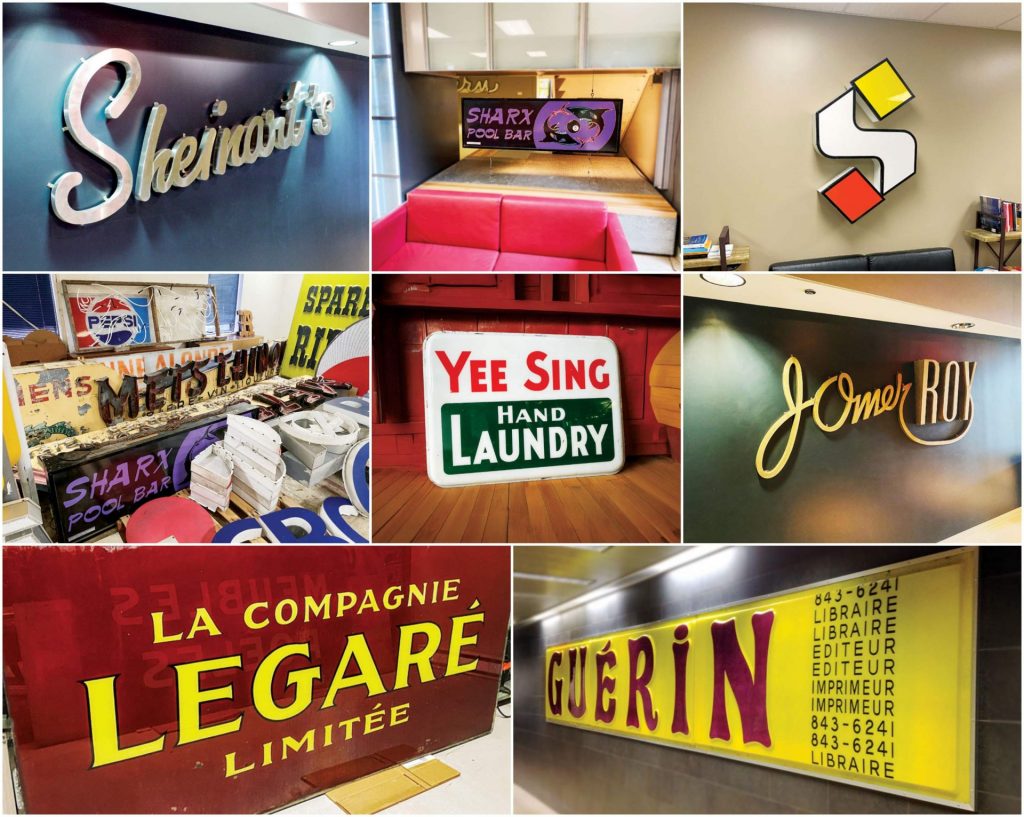
with fibre-optic animations; What collection would be complete without a Steinberg supermarket sign? We believe the office of famed French American industrial designer Raymond Loewy developed this visual identity.
Middle (L-R): Recently recovered signs in storage on Concordia’s Loyola campus; Yee Sing Hand Laundry: A reminder of the limitations on Chinese Canadians regarding the kinds of businesses they were permitted to own; Bijouterie J. Omer Roy closed in 2019 after almost 100 years. The accompanying vertical marquee remains in place due to Plateau-Mont-Royal’s moratorium on the removal of landmark signs.
Bottom (L-R): A majestic reverse-painted glass panel for Compagnie Legaré from the 1930s or 1940s. Librarie Guérin,
a sign for students coming to buy their textbooks for the new school year. Photos courtesy Matt Soar
If there was ever a golden age of signmaking (perhaps from the 1930s to the 1970s), the Montréal Signs Project is in some sense about 30 years too late. The vast majority of vintage signs—uncompromisingly brash, garish, kitsch—have been completely lost to history. Old black and white photos of Rue Ste-Catherine and St-Hubért at night show busy streets positively bristling with neon. Sure, it might have been visually overwhelming, but the current alternative is dreadfully dull by comparison. (And, yes, I’m the same guy who still thinks there’s too much advertising in urban spaces.)
This gradual sea-change is partly the result of stricter bylaws regarding sign placement, design, and relative size, initiated at a time when neon was often associated with vice and excess. It is also because of economic homogenization, as locally owned, unique businesses have been overtaken by pervasive corporate brands like Starbucks, McDonald’s, TGI Fridays, and Best Buy. But just as street-level traces of the plucky enterprise of, for example, European immigrants arriving in Canada during and after World War II have mostly faded from view, so too have the artisanal skills of neon bending, sign painting, and metal smithing that helped them promote their businesses when they were new.
Collective history
The Montréal Signs Project (which is to say, me and the occasional grad student or volunteer) continues to intervene when it can, with minimal resources. Still, the task of saving even a fraction of Montréal’s sign heritage is Herculean. We can’t afford to pay for signs or generally do anything more ambitious than clean and repair the ones we acquire, which is why we also encourage our visitors and social media followers to save signs. Better they are on someone’s rec room wall than in a dumpster. Besides, the Montréal Signs Project is fast approaching its full capacity.
Luckily, there seems to be a growing recognition in the sign industry regarding the importance of its collective history. In Montréal, a few individuals and companies have gone so far as to provide professional advice and material support to the Montréal Signs Project. The legendary Bill Kovacevic was a stalwart supporter of the project (and a walking sign encyclopedia) from day one, first while at Transworld Signs and later at Pattison Sign Group. More recently, I’ve been especially grateful to Sylvain Fontaine, president and CEO of Enseignes Dominion, which is celebrating its 75th year in business. (As it happens, the very first sign in our collection, for the Warshaw supermarket, was designed and built by Dominion.) Sylvain and his company have swiftly and cheerfully intervened to help us save several important signs that were in danger of being destroyed.
The next time your company is asked to remove an old sign, you could do worse than pause to think about how it might be saved rather than recycled. Is someone already collecting them; can it be combined with a few others to make a sign park or a “neon alley” (as Edmonton has done) or donated and displayed at a community centre or library; could it be safely stored in your company’s yard while someone makes inquiries with the local township or city council? Perhaps your regional or provincial sign association could commit to storing a few old signs to be shown at the annual county fair, or at the very least form a subcommittee to explore options before it is really too late? These rapidly disappearing signs are, after all, your history as much as anyone else’s.
Businesses represented in the Montréal Signs Project collection as of 2025:
|
Andes travel agency |
Autoviseur car repair |
Bar-B Barn restaurant |
| Belle Province Meat Co | Bens restaurant |
Bijouterie J Omer Roy |
| Buywell grocery store | Café Navarino | CBC/Radio-Canada |
| Le Club Sandwich diner | Le Club Sandwich diner | Compagnie Legaré furniture store |
| Corridart group art project | Da Giovanni restaurant | Depanneur Lalonde |
| Florateria flower shop | Labow Pharmacien | Librairie Guérin |
| MacDoherty’s ice cream | Maison du Chien Chaud | Mars Comics |
| Monkland Taverne | Monsieur Hot Dog | Montréal-Mirabel International Airport |
| Nettoyeur Dominique | Paramount Cinema | Rapido diner |
| Réal Giguère television repair | Restaurant Anjou | Sharx Pool Bar |
| Sheinart’s clothing store | Sears | Silver Dragon Mets Chinois |
| Steinberg supermarket | STM Montréal Metro system | UDISCO model supplies |
| Warshaw supermarket | Wong Wing Foods | Yee Sing Hand Laundry |
Signs gifted to the MEM (Centre des mémoires montréalaises) by the Montréal Signs Project:
| Bar Exxxotica | Boite Noire video store | Bottes Imperial Boots |
| Dumoulin bicyclettes | Fairmount Bagel | Frites Lesage |
| Librarie Guérin | Moes Diner | La Paryse snack bar |
| Silver Dragon Mets Chinois | St James United Church |
Dr. Matt Soar is professor emeritus of Communication Studies at Concordia University, and an intermedia artist, filmmaker, and writer. With a background in design, media, and cultural studies, he explores residual and emergent media forms. He founded the Montréal Signs Project, preserving the city’s historic signage and visual heritage. The project celebrates Montréal’s commercial and civic past through rescued signs and community storytelling.

